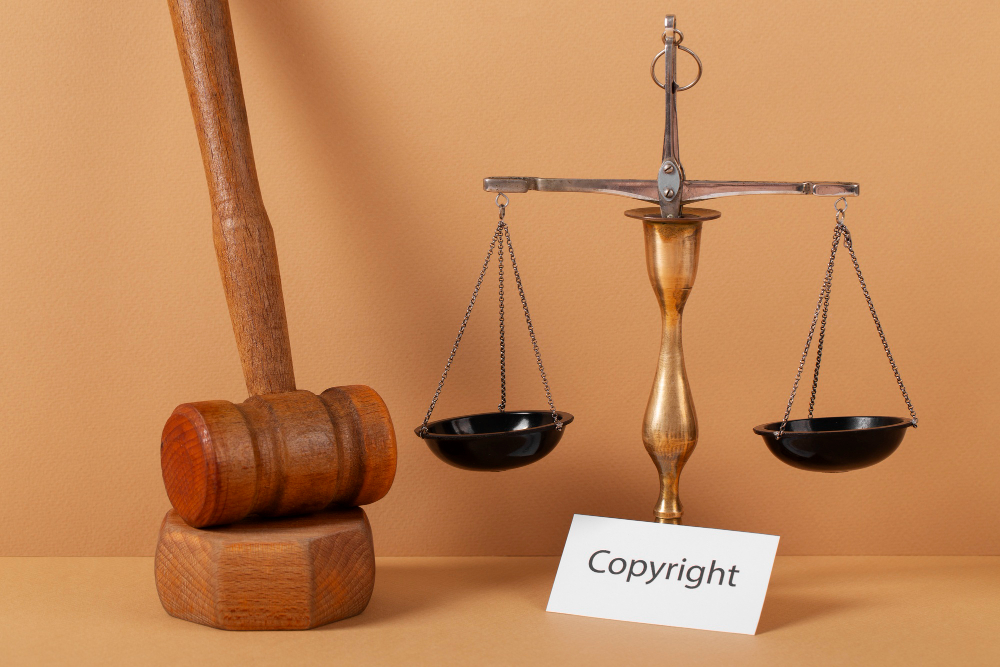
by AI Admin | Latest Trends
In today’s fast-evolving digital world, creators and businesses generate vast amounts of content daily. From AI-generated videos to proprietary business documents, sharing creative works has never been easier. Unfortunately, this convenience also fuels content theft, unauthorized use, and digital piracy. That’s why Copyright Protection is no longer optional—it’s essential in 2025.
Whether you’re a solo content creator, an educational platform, or a global brand, protecting your intellectual property is crucial for sustainability and growth. In this article, we’ll explore why copyright protection matters now more than ever, how AI complicates ownership, and what actions you can take to secure your work.
👉 For active enforcement solutions, visit AiPlex Anti Piracy.
Key Shifts That Make Copyright Protection Essential in 2025
To grasp the urgency of copyright protection today, we must first examine the rapid changes in technology, content creation, and legal frameworks.
1. Rise of Generative AI and Content Duplication
AI tools can replicate artistic styles and generate media that closely resembles existing works. As a result, creators are challenged to prove originality in an AI-dominated space. Without proper safeguards, even original content can be mistaken for machine-generated copies.
2. Deepfakes and Synthetic Media Misuse
Although synthetic media can be used positively, it is often exploited. Manipulations of copyrighted content—especially deepfakes—are now widespread. Creators must guard against these distortions to protect their reputation and content.
3. Expansion of Digital Piracy Networks
Piracy extends far beyond movies. E-books, software, courses, and webinars are frequently pirated. Encrypted apps and the dark web make detection harder. Therefore, advanced monitoring is vital.
4. Cross-Border Copyright Enforcement Remains Difficult
Despite global treaties like the Berne Convention, enforcement varies by region. Consequently, creators need international partnerships for consistent protection. AiPlex supports cross-border takedown and enforcement efforts, helping overcome legal boundaries.
5. Ambiguity Around AI-Created Content Ownership
In 2025, some regions allow copyright for AI-assisted content if a human guided the process. Others assign ownership to companies or reject protection altogether. This legal gray area demands clearly defined authorship and contracts.
Top 10 Reasons Copyright Protection Is Crucial in the AI Era
1. AI Makes Infringement Easier and Harder to Detect
AI tools can replicate writing, music, or art with alarming accuracy. As a result, creators must rely on smarter, pattern-based detection systems to spot violations.
2. Content Theft Destroys Brand Credibility
Unlicensed content reuse can confuse your audience and erode brand trust. Protecting your work ensures that your voice remains authentic and exclusive.
3. Revenue Losses Multiply Without Monitoring
If pirated content circulates unchecked, monetization drops. Platforms like Coursera and subscription-based creators are particularly affected. Fortunately, AI-driven copyright tools from AiPlex help recover lost income.
4. Social Media Breeds Copyright Violations
Most infringement today happens on Instagram, YouTube, or TikTok. Tools like screen capture or reposting are widely misused. Thus, targeted enforcement is essential.
5. Registration Strengthens Legal Claims
Although copyright exists automatically, registering your work strengthens legal cases. Moreover, blockchain-based registration tools ensure transparent ownership logs.
6. Misuse of Brand Assets Can Lead to Fraud
When logos, designs, or videos are copied, fake accounts may deceive your audience. This can lead to scams and mistrust. Therefore, content protection also means brand protection.
7. AI-Generated Fakes Create Market Confusion
AI-generated knockoffs may mimic your voice, style, or visuals. Without visible differences, consumers may unknowingly choose counterfeits. Copyright enforcement helps maintain market clarity.
8. Global Distribution Needs Global Protection
Your content lives on multiple platforms and countries simultaneously. Manual efforts can’t keep up. This is why global digital enforcement tools are crucial.
9. Copyright Increases Monetization Potential
Protecting your work means it can be licensed, syndicated, or reused legitimately. Partners and clients feel safer working with protected content.
10. Prevention Saves More Than Legal Recovery
Filing a lawsuit is costly and time-consuming. Instead, proactive copyright enforcement prevents damage before it escalates—saving time, money, and energy.
Why Choose AiPlex Anti Piracy for Copyright Protection?
Traditional copyright methods simply aren’t enough today. AiPlex Anti Piracy combines smart AI tech, global legal networks, and real-time tracking to defend your digital content in 2025.
Their suite includes:
- Real-time monitoring
- Automated DMCA takedowns
- Deep web scanning
- Content watermarking
- International enforcement coordination
Join top creators and brands who trust AiPlex to protect their work.
👉 Explore AiPlex Anti Piracy Solutions
Conclusion
In an AI-driven world, Copyright Protection is more important than ever. Whether you’re protecting videos, courses, images, or text, the risks of theft and misuse are real—and growing.
By investing in protection early, you secure your creative legacy and maximize your monetization potential. Don’t wait for infringement to happen—be proactive, and stay protected.
FAQs
- What does copyright protection cover in 2025?
It includes AI-generated content, video, music, images, VR assets, and more.
- Can AI-generated works be copyrighted?
Yes, in many regions, if a human directed the AI process and claims authorship.
- Why is social media enforcement important?
Most copyright infringement today starts on social platforms.
- What is the role of blockchain in copyright?
It provides a transparent, immutable record of content ownership.
- Do I need a lawyer to enforce copyright?
Not always. Services like Aiplex offer end-to-end enforcement support.
- How do watermarking and metadata help?
They embed ownership information that helps track and identify content.
- Can Aiplex handle international copyright cases?
Yes, their global network enables cross-border enforcement.
- What is the cost of not protecting your content?
Loss of revenue, credibility, legal rights, and audience trust.
- How fast can infringements be detected?
Aiplex uses real-time AI scanning for instant alerts and takedowns.
- Is copyright protection worth it for small creators?
Absolutely. Even single pieces of content can be valuable and vulnerable.
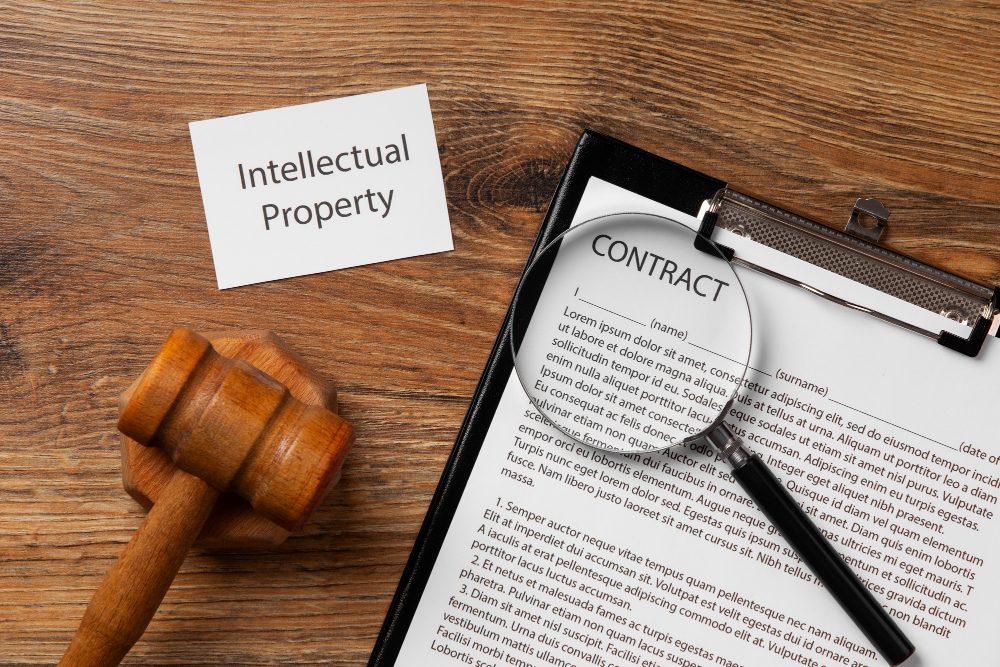
by AI Admin | Latest Trends
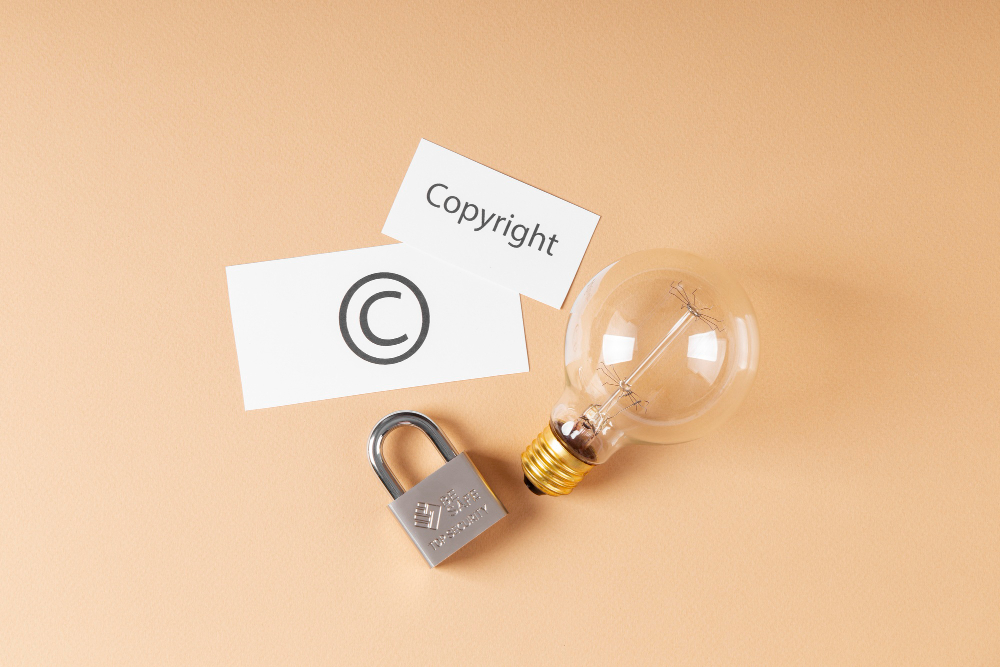
by AI Admin | Latest Trends
Copyright protection has become more crucial than ever in 2025 as digital content consumption reaches unprecedented levels. With creators and brands producing massive volumes of work online, from videos and music to blog content and branded media, safeguarding intellectual property is paramount. In this constantly evolving digital space, copyright protection ensures that ownership rights are enforced and creative contributions are not exploited without authorization.
For creators, artists, filmmakers, and brands alike, understanding copyright protection can be the difference between thriving from your intellectual property or losing control over it. In this comprehensive guide, we’ll explore what copyright protection entails, the types of content it covers, the legal frameworks involved, and how creators and businesses can implement robust strategies in 2025. If you’re looking to secure your work and enforce your rights, visit Aiplex Anti Piracy for advanced protection solutions.
Key Concepts to Understand Before Exploring Copyright Protection in 2025
Before we explore the in-depth aspects of copyright protection, it’s essential to understand the foundational concepts that underpin it. These include the nature of copyright law, rights provided under copyright, what constitutes infringement, and the digital shift that’s reshaping copyright enforcement.
Understanding the Legal Definition of Copyright in 2025
Copyright is a legal right granted to the creator of an original work. This includes literary, musical, artistic, and certain other intellectual works. In 2025, copyright laws have been further strengthened to address the complexities of digital and cross-border content distribution. These laws grant creators exclusive rights to use, distribute, and license their work for a specific period.
In today’s globalized digital market, copyright laws are evolving to include AI-generated content, NFTs, and digital twins. The definition of authorship and ownership has expanded, making it vital for creators and businesses to remain informed and compliant with national and international copyright regulations.
Exclusive Rights Provided Under Copyright Law
Creators are entitled to a bundle of exclusive rights under copyright law. These include the rights to reproduce, distribute, perform, display, and create derivative works. These rights are automatically granted upon the creation of the work, without the need for registration, although registration offers added legal advantages.
These rights enable creators to control how their work is used commercially and protect it from unauthorized duplication or alteration. For brands, enforcing these rights is essential for maintaining brand integrity and preventing misuse or misrepresentation in digital spaces.
What Constitutes Copyright Infringement?
Copyright infringement occurs when someone uses a protected work without permission from the copyright holder. This includes unauthorized copying, distribution, adaptation, or public display. In the digital era, infringement can happen across websites, social media, streaming platforms, and file-sharing services.
Even partial usage of copyrighted material without proper attribution or licensing can constitute infringement. With AI-powered tools and automated bots scraping content, infringement risks are more significant than ever, emphasizing the need for proactive monitoring and enforcement.
Impact of Digital Media on Copyright Enforcement
The internet has revolutionized content sharing, but it has also made it easier for bad actors to misuse intellectual property. In 2025, enforcement tools have evolved to include blockchain tracking, AI-based watermarking, and advanced content recognition algorithms.
Platforms are now required by law to implement copyright safeguards, but enforcement is still largely the responsibility of the content owner. Working with a copyright enforcement partner like Aiplex ensures better visibility and faster takedowns of infringing content.
Importance of Copyright Registration and Licensing
While copyright is automatically granted, formal registration strengthens your legal position in the case of disputes. In 2025, digital copyright registration has become streamlined, allowing creators to register works through centralized, blockchain-powered systems.
Licensing is another crucial aspect, enabling creators and brands to monetize their work legally. Licensing agreements dictate how others can use the work, ensuring legal clarity and preventing misuse. It’s essential to understand the types of licenses available and use contracts to enforce terms.
Top 10 Things You Need to Know About Copyright Protection in 2025
1. Copyright Law Now Covers AI-Generated Content
With AI becoming a co-creator in music, art, and literature, copyright law in 2025 now includes provisions for AI-generated content. Ownership is attributed to the individual or entity directing the AI, depending on local regulations.
Creators need to document the input and control they have over AI-generated works to establish authorship. Brands leveraging generative AI for marketing or content creation should seek legal advice on protecting and registering such works under updated copyright laws.
2. NFTs and Blockchain Are Changing Copyright Dynamics
NFTs (non-fungible tokens) have introduced new layers to copyright management. An NFT can prove ownership of a digital work, making it easier to establish provenance and enforce rights.
However, owning an NFT doesn’t always mean owning the copyright. The rights associated with an NFT must be clearly defined in the contract. Blockchain also offers decentralized copyright tracking, reducing disputes and enhancing transparency.
3. Social Media Platforms Are Hotbeds for Infringement
Social media remains a primary source of copyright infringement. From reposted images to pirated videos, creators often find their content used without permission across platforms.
In 2025, platforms have introduced improved reporting mechanisms and content ID systems, but enforcement remains reactive. Partnering with a copyright protection service like Aiplex allows creators to proactively monitor social media for infringements.
4. Content ID and Automated Takedowns Are Industry Standard
Automated content recognition systems, like YouTube’s Content ID, have become more sophisticated, allowing rights holders to detect and manage unauthorized use of their content more efficiently.
However, these systems aren’t foolproof and often miss nuanced infringements or falsely flag legitimate use. Human oversight, combined with automated tools, ensures a balanced and effective enforcement approach.
5. Piracy in Streaming and E-Learning Continues to Rise
Illegal streaming of entertainment and educational content continues to pose a threat to revenue and intellectual property. In 2025, piracy rings operate through private networks, torrents, and encrypted apps.
Copyright protection services use AI to scan platforms and take down unauthorized streams swiftly. Educational institutions and media companies benefit from 24/7 monitoring and legal action against repeat offenders.
6. International Copyright Protection Has Improved
Global cooperation in copyright enforcement has improved, with treaties and frameworks allowing cross-border takedowns and legal actions. However, discrepancies in enforcement across jurisdictions still exist.
Creators and brands with international audiences should register their works in multiple regions and consider working with global copyright protection agencies to ensure coverage in key markets.
7. Mobile Apps Are Subject to Rigorous Copyright Scrutiny
Mobile apps often include copyrighted assets like images, sounds, and proprietary code. App stores now have stricter copyright compliance checks during app submission.
To avoid takedowns or bans, developers must ensure that all content used within their apps is licensed or original. Brands should include copyright compliance as a key component of app development and publishing processes.
8. Educational Use and Fair Use Exceptions Are Narrowing
While fair use allows limited usage for education, critique, or commentary, courts are narrowing the scope in 2025 to curb misuse. Commercial use under the guise of education is being scrutinized more rigorously.
Creators should not rely solely on fair use claims and should consider licensing materials properly. Educational institutions must educate staff and students on what qualifies as fair use to avoid legal risks.
9. Monitoring and Enforcement Must Be Continuous
Copyright protection is not a one-time effort. Continuous monitoring of the web, social media, and streaming platforms is crucial to detect unauthorized usage early.
Using AI-based monitoring services like those provided by Aiplex allows creators to automate tracking, receive alerts, and initiate takedowns swiftly, reducing potential losses and maintaining content integrity.
10. Partnering With Copyright Protection Services Is Essential
DIY copyright enforcement is becoming increasingly impractical due to the scale and sophistication of infringement tactics. Professional services provide legal expertise, automated tracking, and faster resolution.
Aiplex offers a comprehensive suite of copyright protection tools, including real-time monitoring, blockchain verification, and legal enforcement. This partnership ensures creators and brands remain in control of their intellectual property.
Why Choose Aiplex Anti Piracy for Copyright Protection?
Aiplex Anti Piracy stands out as a leader in copyright protection services in 2025, offering customized, scalable solutions for creators, businesses, and content platforms. With over a decade of experience and proprietary AI tools, Aiplex ensures that your digital content remains secure and monetized.
Their services cover everything from real-time monitoring and automated takedown notices to legal action and blockchain integration. Aiplex also provides content watermarking and piracy analytics, helping you understand infringement patterns and respond strategically. Their team of legal and technical experts works closely with clients to deliver proactive, end-to-end protection. Learn more at Aiplex Anti Piracy.
Conclusion
As digital content creation surges, copyright protection is not just a legal necessity but a strategic advantage. In 2025, the landscape of intellectual property enforcement is more complex, with AI, blockchain, and international regulations shaping the way creators and brands protect their work. Understanding the fundamentals, staying updated with evolving laws, and partnering with professional services are crucial steps toward securing your creative assets.
With Aiplex Anti Piracy by your side, you can confidently focus on content creation, knowing that your work is protected with cutting-edge technology and legal support. Don’t wait for infringement to damage your brand or income—take action today.
FAQs
- What is copyright protection?
Copyright protection grants creators exclusive rights over their original works, preventing unauthorized use.
- How can I protect my content online?
Use copyright registration, monitoring tools, and services like Aiplex to detect and remove infringements.
- Do I need to register my work to get copyright protection?
No, protection is automatic, but registration strengthens your legal standing in disputes.
- What content is protected under copyright?
Literary works, music, videos, art, software, and even AI-generated content under certain laws.
- How does copyright differ from a trademark?
Copyright protects original works; trademarks protect brand names, logos, and slogans.
- Can I use copyrighted material under fair use?
Sometimes, but fair use is limited and should be approached cautiously.
- How do automated takedowns work?
Platforms use content recognition tools to detect and remove infringing material.
- Are NFTs protected by copyright?
NFTs can prove ownership but may not confer copyright unless specified contractually.
- Is copyright protection valid worldwide?
Yes, but enforcement varies by country; registering in multiple jurisdictions helps.
- Why choose Aiplex Anti Piracy?
Aiplex provides real-time monitoring, AI-based tools, legal support, and global coverage to protect your content.
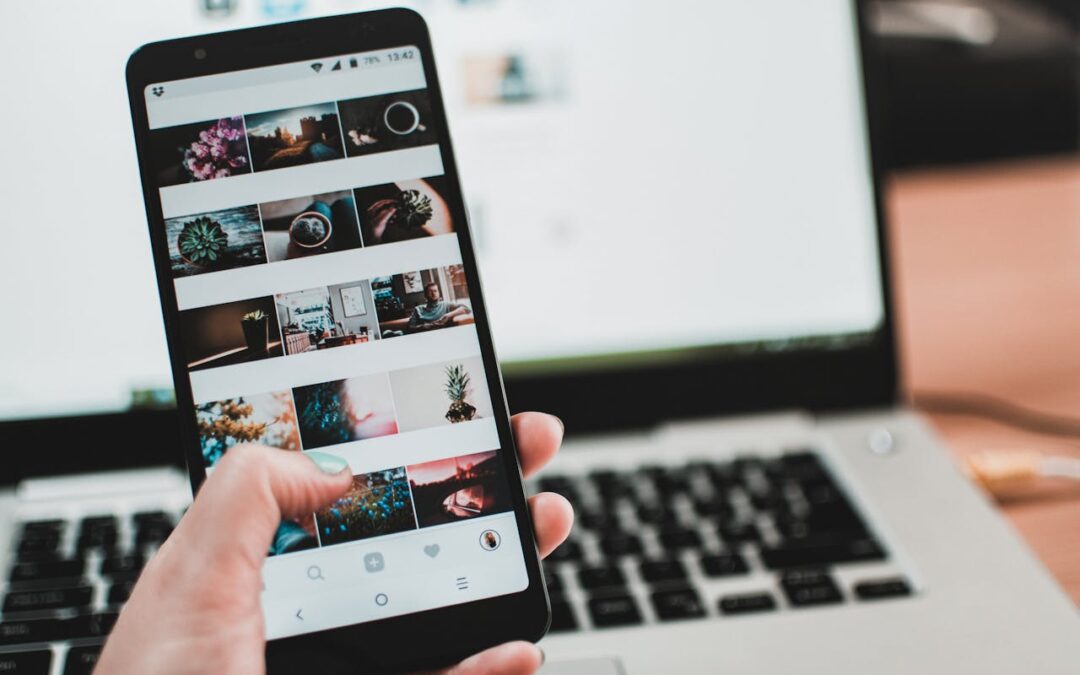
by AI Admin | Antipiracy
magine discovering that your original blog post, product photo, or brand video is being used on another website without permission. Whether you’re a content creator, business owner, or agency, this kind of unauthorized use can affect your reputation, revenue, and SEO rankings. In today’s content-driven world, learning how to detect copyright infringement and act quickly is essential for digital survival.
What Is Copyright Infringement?
Copyright infringement happens when someone uses your original work—text, images, videos, or music—without your permission. If someone reposts your blog, uses your designs, or lifts your photography, they’re infringing on your intellectual property rights. The impact? Lost traffic, stolen credit, and even legal issues for both parties.
How to Detect Copyright Infringement Online
Many creators don’t realize their work is being misused until it’s too late. These tools and methods can help you detect copyright infringement early:
- Reverse Image Search: Upload your visuals to Google Images or TinEye to find duplicates online.
- Plagiarism Detection Tools: Use Copyscape or Grammarly’s plagiarism checker to catch content theft.
- Search Unique Phrases: Google your blog titles or specific phrases to uncover copied versions.
- Set Up Google Alerts: Create alerts for your brand name, headline, or signature lines.
- SEO Tools: Platforms like Ahrefs or Semrush can track backlinks and spot duplicate content pointing to other sites.
Signs Your Content Is Being Misused
If you’re unsure whether your work has been infringed, look for these clues:
- A website using your exact blog content or images
- Slightly rewritten text that closely mirrors your original work
- Duplicate meta descriptions, page titles, or slugs
- Your brand name used on unrelated sites without attribution
- A sudden drop in SEO performance for original content
These are often signs someone has copied your work without proper licensing or credit.
What To Do When You Detect Copyright Infringement
Finding stolen content is frustrating—but you have options. Here’s a step-by-step way to handle it:
1. Collect Evidence
Take clear screenshots of the infringing content, including URLs and timestamps. Use tools like Wayback Machine to archive the page. Save copies of your original work as proof of ownership.
2. Contact the Website Owner
Reach out to the person or business via email or their contact form. Politely request they take down your content or provide proper attribution. Sometimes, infringement happens unintentionally and can be resolved without legal action.
3. File a DMCA Takedown Notice
If the infringing party refuses to act, escalate by filing a DMCA takedown notice. This request can be sent to the web hosting provider, platform (like YouTube or Instagram), or even the search engine to remove the page from results.
Refer to our detailed blog on When Should You Use a DMCA Takedown? to learn how to draft one.
4. Report to the Platform
If the infringement occurs on platforms like Facebook, YouTube, or Etsy, use their built-in copyright violation forms to submit a complaint. Most major platforms comply quickly if your claim is valid.
5. Seek Legal Action (if required)
For repeated or large-scale violations, consult a copyright attorney. In many cases, a cease-and-desist letter from a lawyer is enough to resolve the issue.
How to Prevent Copyright Infringement in the Future
Being proactive is the best defense. Here are steps you can take to protect your digital content:
- Use Copyright Notices: Include “© [Year] [Your Name/Brand]” at the bottom of every page or asset.
- Watermark Your Images: Add subtle branding to prevent misuse.
- License Your Work: Clearly state how others can use your content—if at all.
- Monitor Regularly: Set monthly reminders to run plagiarism checks or image scans.
- Register Your Copyright: In some countries, like the U.S., registration makes enforcement easier and strengthens your legal claim.
Why It Matters to Detect Copyright Infringement Quickly
The longer your stolen content remains online, the more damage it can do. It may:
- Lower your SEO rankings due to duplicate content
- Confuse customers and reduce trust in your brand
- Cause you to lose attribution, traffic, or sales
- Allow others to profit from your hard work
By acting fast, you regain control and maintain your digital credibility.
Final Thoughts
Your content is your asset—treat it that way. Learn to detect copyright infringement before it spreads, take swift action, and secure your digital space. Whether it’s a blog post, brand image, or marketing video, you have the right to protect what you’ve created.
Want help identifying copied content or sending a takedown?
Get in touch with Crossroads Helpline’s digital protection specialists today.
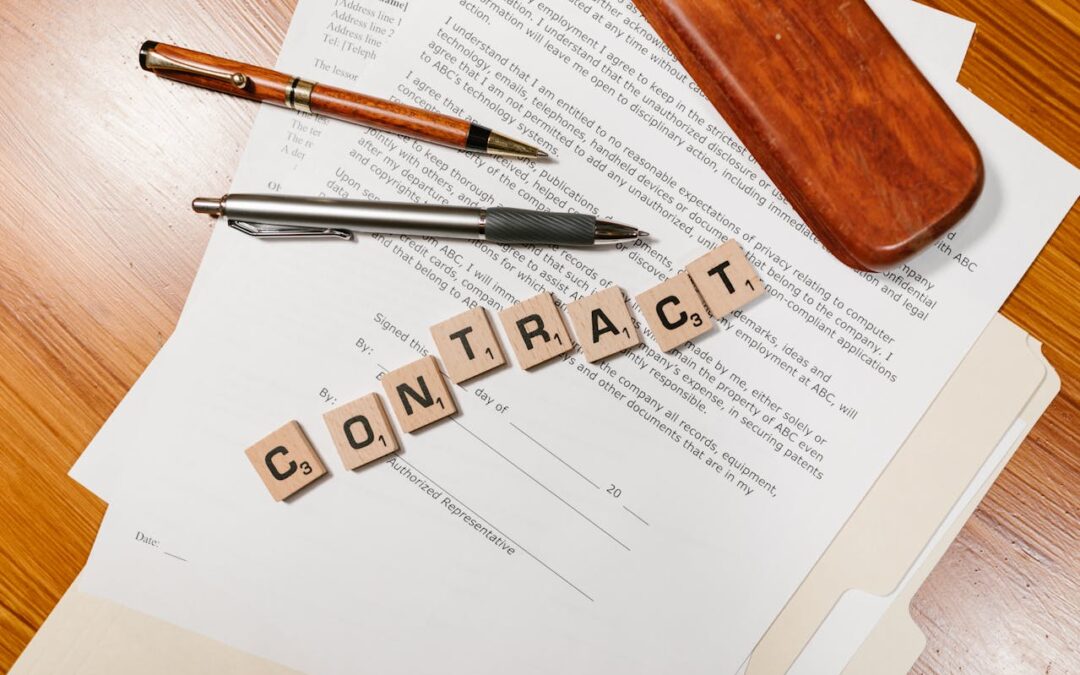
by AI Admin | Antipiracy
The internet has transformed how we share, consume, and create content. While this digital revolution offers immense benefits, it also presents significant challenges—especially for protecting intellectual property. Copyright infringement remains a growing concern, impacting creators, businesses, and consumers worldwide.
Understanding the complexities of copyright infringement in the digital era is essential. In this comprehensive guide, we’ll explore key challenges and practical solutions to help protect your creative works. If you want advanced anti-piracy protection, explore AiPlex Anti-Piracy services.
Essential Facts to Know About Copyright Infringement
Before exploring solutions, it’s vital to understand the scope of copyright issues online. Here are critical aspects to consider.
Definition of Copyright Infringement
Copyright infringement occurs when someone uses, copies, distributes, or modifies protected content without the creator’s permission. This includes music, videos, software, images, and written works.
In the digital age, infringement is rampant across websites, social media, streaming platforms, and peer-to-peer networks, often undermining creators’ rights and revenue.
The Global Impact of Digital Piracy
Digital piracy—a major form of copyright infringement—costs industries billions annually. It affects music, films, gaming, publishing, and software development.
Beyond financial losses, piracy erodes incentives for creators, damages brand reputations, and exposes users to malware and security threats.
Copyright Laws and International Treaties
Many countries have copyright laws protecting creators’ rights, supported by international treaties like the Berne Convention and WIPO agreements.
However, enforcement varies globally, making it challenging to combat infringement across borders. Awareness of your legal rights is crucial for protection.
Common Targets of Copyright Infringement
Digital infringement affects diverse content types—films, TV shows, music, eBooks, software, and live streams are prime targets.
Businesses, individual creators, and entertainment companies must remain vigilant to safeguard their intellectual property from unauthorized use.
Role of Technology in Copyright Protection
While technology enables rapid content sharing, it also offers tools for protection—including watermarking, fingerprinting, and automated content recognition.
Embracing advanced technology is vital to detecting and preventing infringement before it escalates.
Effective Solutions to Combat Copyright Infringement
Addressing digital copyright challenges requires proactive measures. Below are proven strategies to safeguard your content.
Deploy Digital Watermarking and Fingerprinting
Watermarking embeds identifiable marks within content—visible or invisible—while fingerprinting creates unique digital signatures.
These technologies help trace unauthorized use, proving ownership and aiding enforcement actions when infringement occurs.
Use Automated Content Monitoring Tools
Advanced tools scan websites, social media, streaming platforms, and file-sharing networks for unauthorized copies.
AiPlex Anti-Piracy offers comprehensive monitoring solutions, ensuring quick detection and takedown of infringing content.
Implement DMCA and Takedown Processes
The Digital Millennium Copyright Act (DMCA) empowers rights holders to request the removal of infringing content from online platforms.
Establishing a systematic takedown process ensures swift action against unauthorized uses, protecting your brand and revenue.
Educate and Raise Awareness
Educating your audience, employees, and collaborators about copyright laws reduces accidental infringement and promotes respect for creators’ rights.
Clear communication, policies, and training programs build a culture of compliance within organizations and online communities.
Partner with Anti-Piracy Experts
Combating sophisticated infringement schemes requires expertise. Partnering with specialists like AiPlex Anti-Piracy ensures comprehensive protection.
Their services include real-time monitoring, legal support, and advanced technology to defend your intellectual property globally.
Why Choose AiPlex Anti-Piracy for Copyright Protection
Navigating digital copyright challenges demands reliable, cutting-edge solutions—and AiPlex Anti-Piracy delivers exactly that.
With a proven track record in safeguarding content for creators, businesses, and entertainment giants, AiPlex combines technology, expertise, and global reach to combat infringement effectively.
Their proactive approach ensures swift detection, removal, and legal action—preserving your rights, reputation, and revenue.
Conclusion
Copyright infringement in the digital age poses real threats, but solutions exist. From watermarking to legal enforcement, proactive measures protect your creations.
Partner with AiPlex Anti-Piracy to stay ahead of evolving infringement tactics. Safeguard your content, defend your rights, and ensure your intellectual property thrives online.
FAQs
1. What qualifies as copyright infringement?
Unauthorized use, copying, distribution, or modification of protected content without the creator’s consent.
2. How does digital piracy affect businesses?
It results in revenue loss, damages brand reputation, and exposes users to security risks.
3. Can copyright be enforced globally?
International treaties exist, but enforcement varies. Expert anti-piracy services help navigate cross-border challenges.
4. What is digital watermarking?
Embedding visible or invisible identifiers within content to prove ownership and track misuse.
5. How do automated monitoring tools work?
They scan digital platforms, detecting and reporting unauthorized content for removal.
6. What is the DMCA takedown process?
A legal procedure allowing rights holders to request removal of infringing content from websites and platforms.
7. Are small businesses affected by copyright infringement?
Yes, small businesses face revenue loss and reputational damage from unauthorized content use.
8. Can anti-piracy services prevent all infringement?
While no system is foolproof, professional anti-piracy solutions significantly reduce risks and response times.
9. Is educating employees about copyright important?
Absolutely. Awareness reduces accidental infringement and fosters a culture of respect for intellectual property.
10. How can AiPlex Anti-Piracy help?
AiPlex provides monitoring, enforcement, and legal support to protect your content and combat infringement globally.




